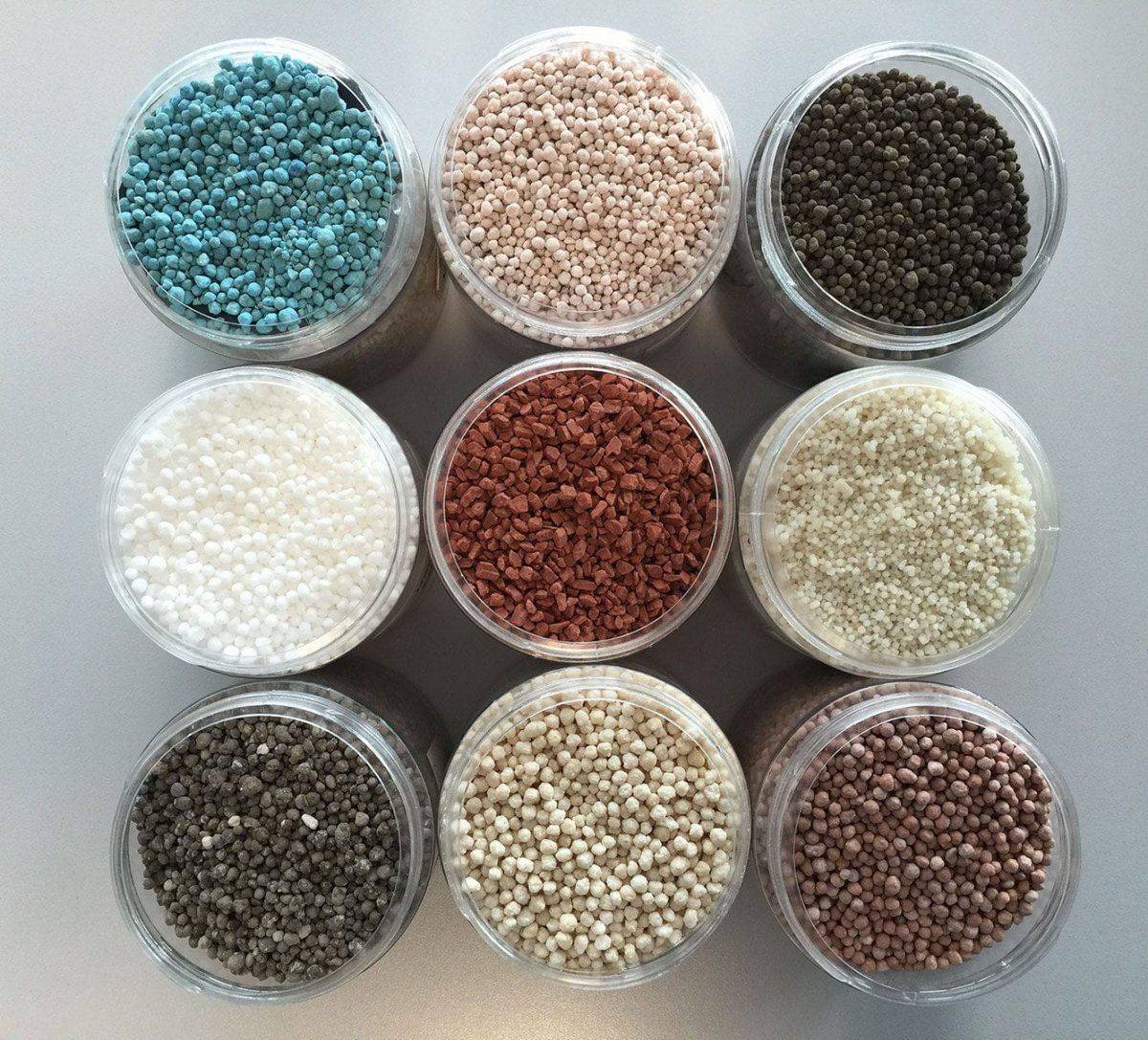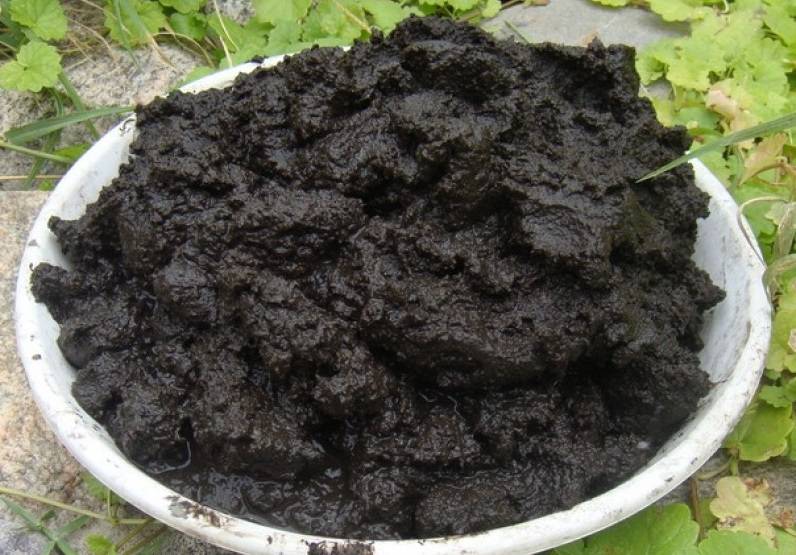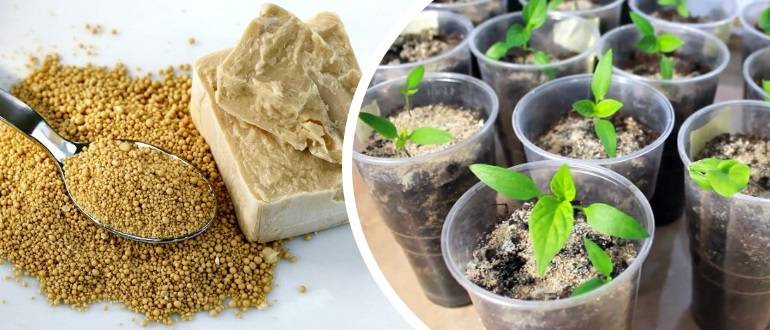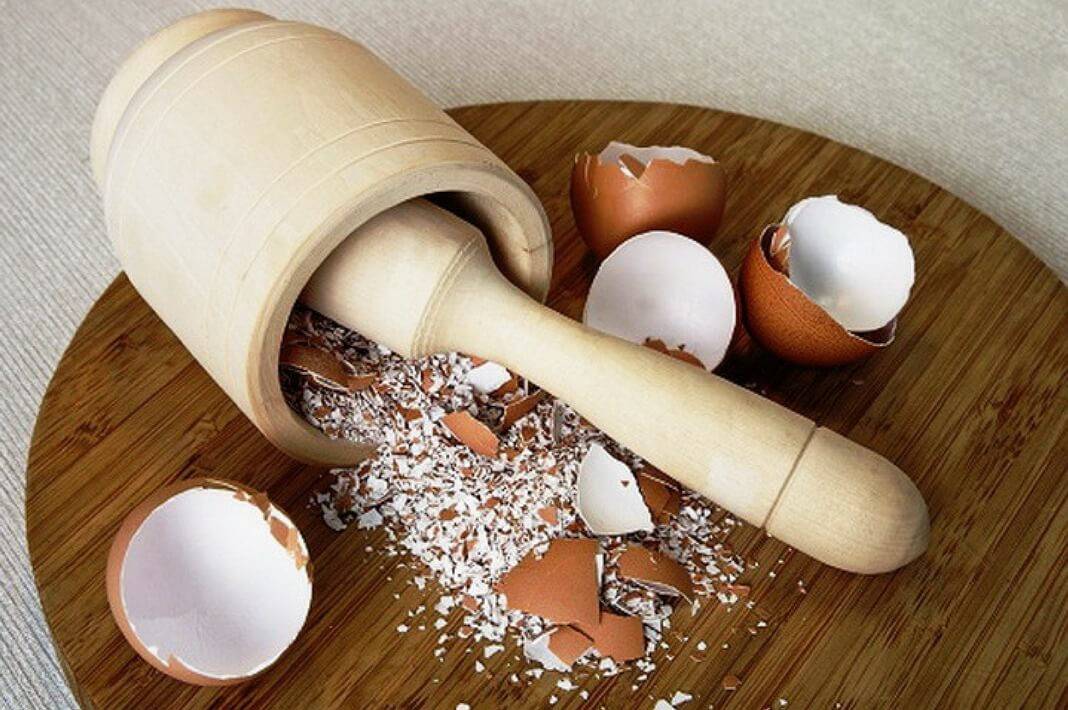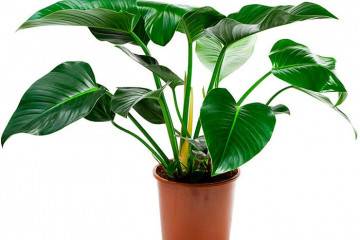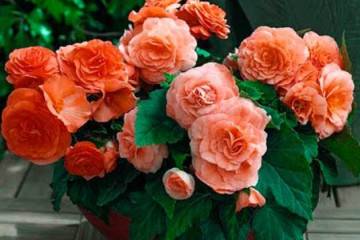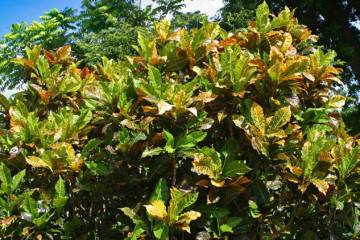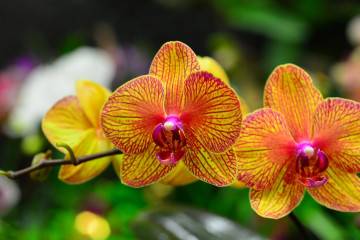Fertilizers for indoor plants: varieties and feeding rules
Content:
Houseplants require regular feeding. The need for it is especially acute in the warm season, in spring and summer, but for some flowers it is also important in winter. It is a high-quality fertilizer that will provide domestic plants with active growth and abundant flowering, which will be a reason for the joy of the grower.
Signs for plant nutrition
There are certain signs that indicate that it is time to fertilize the plant. Let's take a closer look at each of them.
- Slow growth. If it became noticeable that the plant had stopped growing, not reaching its average size, we are talking about a lack of nitrogen. This element enhances plant growth. In the opposite case, if the stem grows quickly and flowers are not formed, this indicates an excess of this element.
- Weak stems. Usually, along with this sign, others manifest themselves: weak foliage growth, lack of flowering. They all speak of a lack of phosphorus.
- Reluctance to bloom. This factor is very frustrating for flower growers and there are many reasons for it. The main ones are: lack of light, improperly selected soil, too small capacity. As for feeding - most likely such plants lack potassium.
- Diseases. This case requires a more careful selection of fertilizers. First you need to determine the type of disease, and then choose the appropriate type of fertilizer, which not only does no harm, but also becomes a kind of panacea.
Fertilizers
Currently, manufacturers produce various fertilizers for indoor plants. Each of them contains a certain set of useful elements that are necessary in a particular case. In addition, it is possible to use natural substances. To answer the question of how to feed home flowers, you need to know the classification of fertilizers.
Organic fertilizers
They are compounds from organic substances.
This group includes compost, peat, manure, green fertilizers.
They are able to enrich the plant with phosphorus, calcium, nitrogen, and many other useful elements.
In general, organic fertilizers significantly improve the condition of the soil, thanks to which the plant quickly recovers in case of any damage.
Mineral fertilizers
These fertilizers are obtained under industrial conditions.
It is not entirely correct to believe that their composition is completely chemical. Natural materials are used to create them, and chemical additives are present only in small quantities.
In terms of their effectiveness, they are not inferior to organic ones, and due to their availability they are much more popular among the population. In addition, thanks to the information indicated by the manufacturer on the packaging, it is easy for the buyer to find the right product.
Natural fertilizers
You can prepare them at home at no cost.
However, for this, the florist needs to be well versed in their composition, method of preparation and volume of use.Otherwise, the composition of the soil can be spoiled, which will negatively affect the condition of the plant.
Basic rules for plant fertilization
Using any types of dressings and fertilizers, you should follow the recommendations of experienced gardeners and select funds individually for each subspecies and varieties of plants:
- When using industrial fertilizers, strictly follow the instructions.
- Follow the feeding schedule.
- Choose the timing of fertilization carefully. So, it is not allowed to make them in the middle of the day, when the flower is under the sun's rays.
- If fertilization occurs through spraying, half an hour after the procedure, it is necessary to spray the plant with clean water. This will help prevent leaf and stem burns.
- Do not feed flowers soon after transplanting. From this point on, at least a few weeks should pass.
- Fertilizing with liquid substances is allowed only in diluted form.
- Before feeding, you should moisten the soil in the plant pot. Adding fertilizer to dry soil is unacceptable and can be harmful.
- It is allowed to introduce only those elements that a particular plant needs. This can be determined by its appearance.
- You cannot fertilize the soil of those plants on which various parasites are present.
The main types of organic fertilizers
As noted above, such fertilizers consist of compounds of various organic substances and have many varieties. Each of them has its own characteristics and is used in individual cases.
Manure
One of the most famous organic matter is manure. Cow or horse feed is usually used as a feed. In practice, it is customary to use such top dressing for vegetable gardens or garden plots, due to the aesthetic side of this issue. However, manure is able to compensate for the lack of potassium, phosphorus and nitrogen at home too.
The trace elements contained in the manure contribute to the active development of the root system, protect flowers from negative external influences.
Bird droppings
Bird droppings not only supply the soil with useful microelements, but also accelerate all biological processes taking place in it. This contributes to the rapid and efficient development of plants. The result of such fertilization becomes noticeable within a few weeks.
Such a tool is affordable, environmentally friendly and non-toxic. It is thanks to these properties that it is ideal for fertilizing not only the soil of vegetable gardens, but also domestic plants.
At home, it is better to use granulated litter to avoid unpleasant odors in the room.
Il
Sludge contains substances that can saturate the soil with nitrogen and humic acids. It is used to restore depleted soil, improve its structure.
Sludge is of three types, depending on the place of its extraction:
- lake,
- river,
- swamp.
It is recommended to use lake silt as a fertilizer for indoor flowers, as it has the most beneficial properties.
To obtain the expected effect, sludge should be used shortly after receiving, as it loses its properties over time.
Silt is able to accelerate plant growth, provide antiseptic properties, and retain moisture in the soil longer.
Humus
The most neutral and popular option is humus, which is composted manure or plant debris.
It contains less moisture, but significantly more nutrients. In addition, there are no pathogenic bacteria and parasites in the humus, so you can not worry about the state of the plants.
Varieties of natural fertilizers
In addition to mineral and organic fertilizers, natural fertilizers are often used for indoor flowers, which do not require special preparation or purchase. Which ones are actually suitable for improving the condition of indoor plants, what benefits do they have, and how can you feed indoor flowers at home? Details below.
Sugar
Feeding plants with water in which sugar is dissolved is quite common. It is believed that sugar becomes a source of energy for plants. It works especially well for cacti.
To prepare the solution, a tablespoon of sugar is used, diluted in one liter of water.
Slept coffee
Much is said about the benefits of this product. It contains potassium, calcium, magnesium and many other beneficial trace elements. These substances actually contribute to the good growth and development of indoor plants.
Suitable for roses, ferns, orchids, begonias.
Coffee (coffee pomace) can be used both in liquid and dry form, adding it to the ground.
Banana skins and citrus peels
If the question is, potash fertilizers are what they are at home, one cannot but recall the banana peel.
Banana skins contain a lot of potassium, so growers actively use them. Banana is excellent for aphid control, promotes long and rich flowering.
Banana peels can be used in three ways:
- dry it and prepare banana powder,
- make a compost pit from skins and earth,
- apply the peel fresh.
In addition, some people use watermelon peels and dried citrus peels, which are rich in essential oils and glucose. They are suitable for those bushes that urgently need to return a fresh appearance and strengthen them.
Wood ash
Ash contains up to 30 useful elements and vitamins, including sulfur, molybdenum, zinc. This non-combustible substance is able to reduce the acidity of the soil, increase the flowering period, and destroy harmful microorganisms.
The composition of ash and the content of certain elements in it depends on the feedstock. Coniferous wood contains a large amount of phosphorus, deciduous - calcium, peat - calcium oxide.
Yeast
This product is in every home, but not everyone knows that yeast can be beneficial to indoor plants.
Yeast contains useful amino acids that activate the protective functions of plants, and also have a beneficial effect on the development of the root system. The effectiveness of yeast has been scientifically proven.
Vodka
One of the unconventional ways to care for plants is to water them with vodka. It should be noted right away that this method is unsafe and is not suitable for all plants. For some, it can be disastrous.
It is believed that the use of vodka will make the flowers stronger and more resilient. It is definitely impossible to use it in its pure form. Most often, they resort to weak vodka solutions with a small dosage.
succinic acid
Succinic acid for indoor flowers is used rather not as a fertilizer, but as an assistant in the assimilation of nutrients from the soil. Despite its commercial release, it has a natural composition.
For indoor plants, you can use succinic acid tablets.
Iodine
This element suppresses the development of viruses. The iodine solution disinfects the soil and strengthens the plants.
Such a solution can be poured only into moist soil, strictly observing the established proportions: dilute no more than 2 drops of iodine per 2 liters of water.
Eggshell
Eggshells can also act as fertilizers.It is made useful by calcium carbonate, which enriches flowers with minerals.
The shell is strongly crushed and placed in soil, after which it is destroyed and absorbed by the plant.
Thus, there is a huge amount of fertilizers for indoor plants: organic, mineral and natural. It is impossible to unequivocally answer the question of how you can feed indoor flowers, since each type of feed has its advantages and is used in a specific situation. A correctly selected option guarantees an improvement in the condition of indoor plants.

